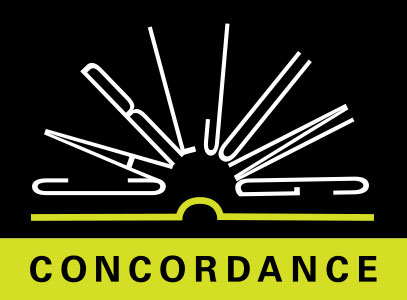In the case of Zagreus, we saw that the bull is identical with the god and that the bull-sacrifice is a divine sacrifice. But the animal is, as it were, only a part of the hero; he sacrifices only his animal attribute, and thus symbolically gives up his instinctaulity:
HERO SACRIFICES ONLY HIS
ANIMAL ATTRIBUTE
But the animal is, as it were, only a part of the hero; he sacrifices only his animal attribute, and thus symbolically gives up his instinctuality
CW5 ¶ 665His inner participation in the sacrificial act is perfectly expressed in the anguished and ecstatic countenance of the bull-slaying Mithras. He slays it willingly and unwillingly at once, hence the rather pathetic expression on certain monuments, which is not unlike the somewhat mawkish face of Christ in Guido Reni's Crucifixion. Benndorf says of Mithras:
CW5 ¶ 665The features, whichespecially in the upper portion have an absolutely ideal character, wear an extremely sickly expression ( Benndorf and Schöne, Bildwerke des Lateranischen Museums, No. 547 )
CW5 ¶ 665Cumont likewise stresses the facial expression of the Tauroctonous, he says:
CW5 ¶ 666The face, which can be seen in the best reproductions, is that of a young man of almost feminine beauty; a mass of curly hair rising up from the forehead surrounds it as with an aureole; the head is slightly tilted backwards, so that his glance is directed towards the heavens, and the contraction of the brows and lips gives a strange expression of sorrow to the face ( Cumont, Textes, I, p. 182 )
CW5 ¶ 666EXPRESSION OF SENTIMENTAL RESIGNATION
Cumont supposed that “The head from Ostia” (fig. 000), (cf. frontispiece, CW5 ), was that of Mithras Tauroctonous. The face certainly wears an expression which we know all too well from our patients as one of sentimental resignation. It is a fact worth noting that the spiritual transformation that took place in the first centuries of Christianity was accompanied by an extraordinary release of feeling, which expressed itself not only in the lofty form of charity and love of God, but in sentimentality and infantilism. The lamb allegories of early Christian art fall in this category
CW5 ¶ 667138 CW5 Ser: 7 Par 667 (e) FigNo 000
SENTIMENTALITY IS SISTER
TO BRUTALITY
Since sentimentality is sister to brutality, and the two are never very far apart, they must be somehow typical of the period between the first and third centuries of our era. The morbid facial expression points to the disunity and split-mindedness of the sacrifier: he wants to, yet he doesn't want to
CW5 ¶ 668HERO IS BOTH THE
SACRIFICER AND THE SACRIFICED
This conflict tells us that the hero is both the sacrificer and the sacrificed. Nevertheless, it is only his animal nature that Mithras sacrifices, his instinctuality always in close analogy to the course of the sun
CW5 ¶ 668